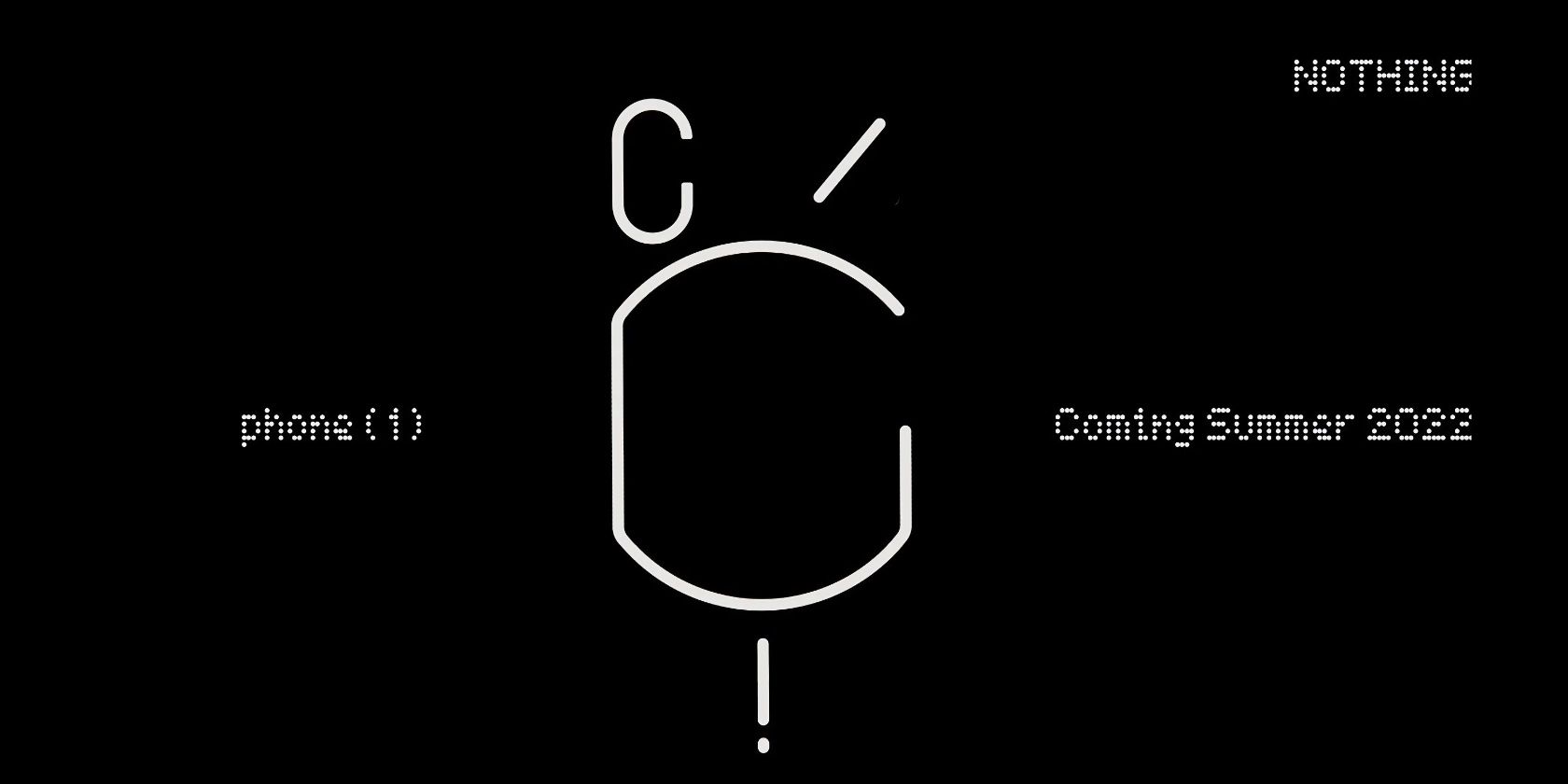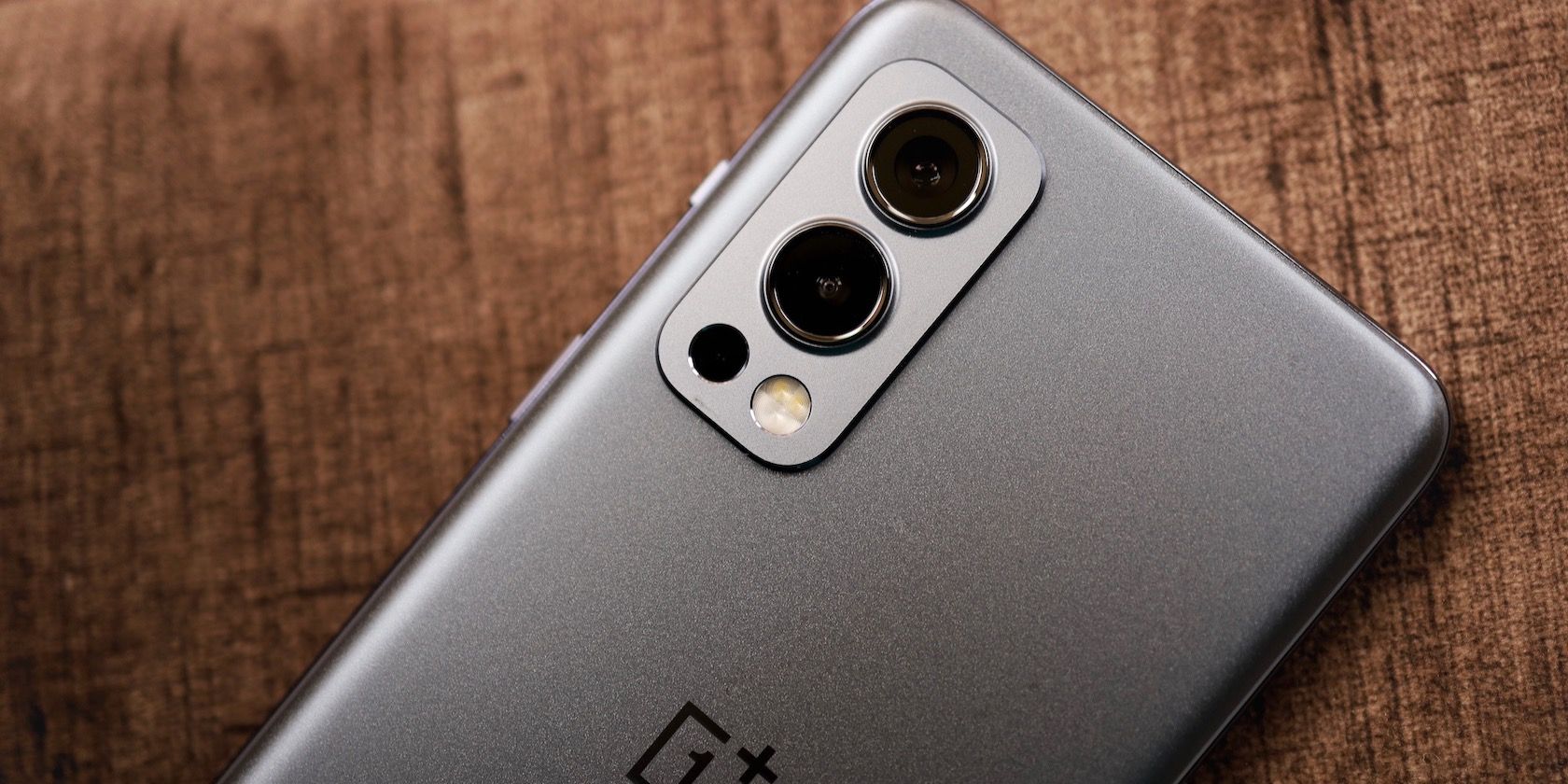Nothing is the most hyped new smartphone brand of 2022. If you've been keeping watch, it seems Nothing is following the same strategies OnePlus built during its inception back in 2014, which should come as no surprise given that both companies were founded by Carl Pei.
We're here to decode it for you once and for all to see how exactly Pei created so much hype for his new company's debut phone, the Nothing Phone (1).
Step 1: Demonstrate an Industry Problem
The first page of the OnePlus playbook is to demonstrate an industry problem. This doesn't necessarily have to be a specific issue, but anything that most people would agree with.
During its inception, OnePlus claimed that good smartphones are getting too expensive, and consumers are forced to either settle with low-quality budget phones or pay a premium price for flagships; that there were no solid mid-range phones offering great value at the time. This was more or less true in the mid-2010s.
Now, Nothing claims that consumer tech has become boring because brands aren't innovating. And most people seem to agree with this. Aside from foldables, there's not much going on in the smartphone industry right now (for good and bad reasons) except small increments.
Step 2: Tease an Upcoming Product as the Solution
Step two is to propose an upcoming product as the solution. This step is rather tricky because as a company, you have to fulfill your promises while also keeping R&D costs low.
OnePlus balanced this by focusing on areas that other brands overlooked such as screen refresh rate, charging speed, and clean software. It didn't try to experiment with new form factors or excessively wild smartphone designs that were set to fail.
Pei has done the same by introducing the Glyph interface on the back of the Nothing Phone (1) which is a unique pattern of LEDs. It's unlike anything we've seen before, but at the same time, it's also not too ambitious for its own good.
Step 3: Build Slow and Sustained Hype
The third page of the OnePlus playbook is a very interesting one, and it's completely counter-intuitive against industry standards of marketing. The idea here is that instead of hosting a grand launch event where you reveal everything about the product at once (which is then forgotten within a week), it's better to reveal one tiny detail at a time.
This way, you build slow and sustained hype as opposed to quick and forgettable hype. The former remains in people's memory for longer because tech publications keep covering all the tiny details the brand reveals. This ultimately leads to more brand awareness.
An add-on to this strategy is embargoes. You give the product to a famous creator for an exclusive first-impressions video, but don't allow them to reveal all the features until a certain date. Instead, the creator is only allowed to talk about certain features you select. As a result, you gain control over audience sentiment and contain negative feedback.
Step 4: Target Enthusiasts and Creators
We've already explained in depth why new tech companies appeal to enthusiasts, but here's the gist of it all: new tech startups need attention to build brand awareness. And in today's attention economy, one of the most powerful ways to do that is via influencer marketing.
Since tech enthusiasts are the ones that create content and influence buying decision about consumers, it helps to make products that they find interesting and will show to their audience. Eventually, when the brand becomes well-known in a few years, you can shift to serving a wider group of regular consumers by inevitably "betraying your fanbase".
Step 5: Build a Loyal Community of Fans
If there's one thing Carl Pei knows how to do, it's to build a loyal community. He did it with OnePlus, then the affordable OnePlus Nord series, and is now trying to do the same for Nothing. Only this time, Pei doesn't have the support of Chinese tech giant BBK Electronics, the parent company of OnePlus, Oppo, and other Chinese brands.
And despite this challenge, the London-based startup hosted an in-person event in Switzerland, put the first 100 units of the Phone (1) up for auction with the highest bid going above $3000, and set an invite-only pre-order system just like OnePlus.
Nothing Replays the OnePlus Playbook
This form of aggressive guerrilla marketing isn't something we haven't already seen in the smartphone industry. It's actually quite common for brands to make outrageous promises in their adverts, but the way Pei does it is indeed worth a second look.
By creating a highly engaging customer community, Pei can use its members as a source of word-of-mouth marketing when they go out into the world spreading the word about the new company, which yet again increases Nothing's brand awareness. Only time will tell if these strategies will work for Nothing in the same way they did for OnePlus.

-LED-Glyph-interface-2.jpg)


